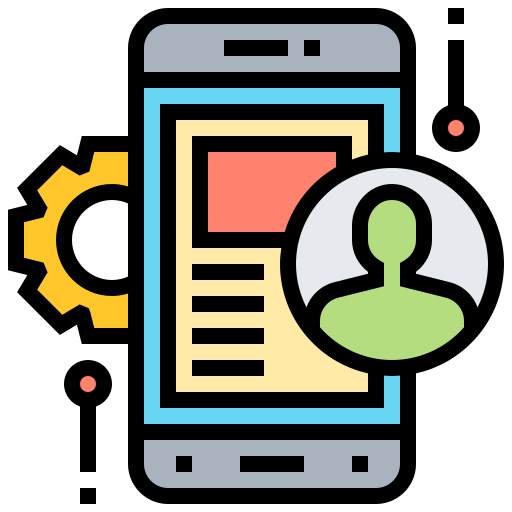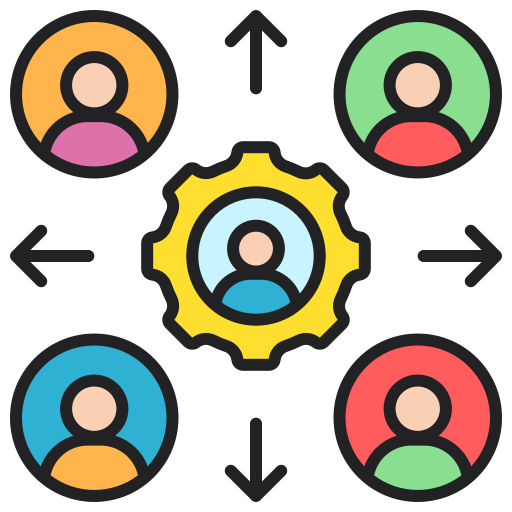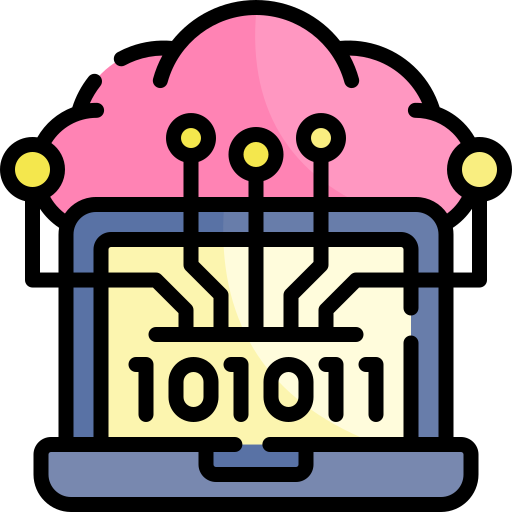Mobile app development has become a cornerstone of modern business and technology. With smartphones being an integral part of daily life, creating a robust, user-friendly, and feature-rich mobile app can drive customer engagement, streamline processes, and generate revenue. Whether you’re a startup aiming to disrupt the market or an established company looking to expand your digital footprint, understanding the nuances of mobile app development is crucial.
What is Mobile App Development?
Mobile app development is the process of creating software applications that run on mobile devices. These applications are typically designed to leverage the unique features of smartphones and tablets, such as touch interfaces, GPS functionality, cameras, and accelerometers. Mobile apps are developed for various platforms, including:
- iOS (Apple devices like iPhone and iPad)
- Android (devices powered by Google’s operating system)
- Cross-platform (apps that work seamlessly on multiple platforms using frameworks like Flutter or React Native)
The Mobile App Development Process
1. Idea and Conceptualization
Every app begins with an idea. This phase involves brainstorming, market research, and defining the purpose of the app. Key questions include:
- What problem does the app solve?
- Who is the target audience?
- What features and functionalities are essential?
2. Wireframing and Design
Wireframes are blueprints for your app. They outline the app’s structure, flow, and user interface (UI) design. A well-designed UI ensures a seamless user experience (UX), which is critical for user retention.
3. Development
The development phase involves writing the code for the app. This includes front-end development for the user interface and back-end development for the server, database, and business logic. Developers choose technologies based on the app’s platform and requirements.
4. Testing
Rigorous testing ensures the app is free from bugs, performs well under different conditions, and meets the intended user experience. Types of testing include:
- Functional testing
- Usability testing
- Performance testing
- Security testing
5. Deployment
Once tested, the app is launched on app stores like Google Play and the Apple App Store. This phase includes creating store listings, adhering to platform-specific guidelines, and managing updates.
6. Maintenance and Updates
Post-launch, maintaining the app is vital to fix bugs, add new features, and keep it compatible with evolving platform updates.
Types of Mobile Apps
Mobile apps are categorized based on their technology and functionality:
1. Native Apps
Built specifically for one platform (iOS or Android), these apps deliver high performance and a great user experience but require separate development efforts for each platform.
2. Web Apps
These are mobile-optimized websites that behave like apps but run through a browser. They are cost-effective but lack the performance and offline capabilities of native apps.
3. Hybrid Apps
Combining elements of both native and web apps, hybrid apps are developed using frameworks like Ionic and Cordova. They are cross-platform but may compromise performance compared to native apps.
4. Progressive Web Apps (PWAs)
PWAs are web applications that function like native apps and can be installed on devices. They offer a balance between cost, performance, and user experience.
Popular Mobile App Development Tools and Frameworks
1. Programming Languages
- Swift (iOS)
- Kotlin (Android)
- Java (Android)
- Dart (Flutter)
2. Frameworks
- React Native: Cross-platform development
- Flutter: High-performance UI toolkit
- Xamarin: Microsoft’s cross-platform framework
3. Tools
- Android Studio: Official IDE for Android development
- Xcode: Official IDE for iOS development
- Firebase: Backend as a Service (BaaS) for real-time databases and analytics
Benefits of Mobile App Development
- Increased Engagement: Apps provide a direct and personalized communication channel with users.
- Revenue Generation: Monetization through ads, in-app purchases, and subscriptions.
- Brand Recognition: Apps boost visibility and reinforce brand identity.
- Streamlined Processes: Apps improve operational efficiency and customer convenience.
Challenges in Mobile App Development
- Compatibility: Ensuring apps work across diverse devices and OS versions.
- Performance Optimization: Balancing functionality with speed and resource usage.
- Security: Protecting user data and app integrity.
- Cost Management: Balancing budget constraints with quality development.
Future Trends in Mobile App Development
- Artificial Intelligence and Machine Learning: Personalization and predictive analysis.
- IoT Integration: Smart home and wearable app development.
- Augmented Reality (AR) and Virtual Reality (VR): Immersive user experiences.
- 5G Technology: Faster data transmission and enhanced capabilities.
- Blockchain: Secure and transparent app environments.
Conclusion
Mobile app development is an ever-evolving field with immense potential to transform businesses and user experiences. Whether you’re aiming for a simple utility app or a feature-rich enterprise solution, a clear understanding of the development process, tools, and challenges will set you on the path to success. Investing in mobile app development is not just about creating an app—it’s about delivering value, building relationships, and driving innovation.










